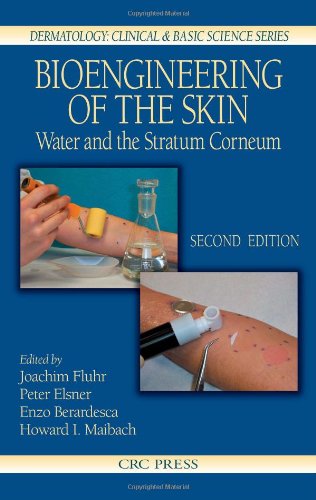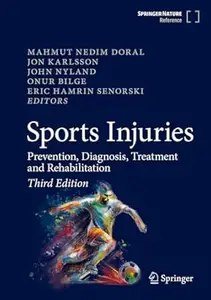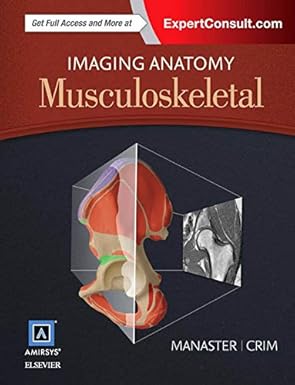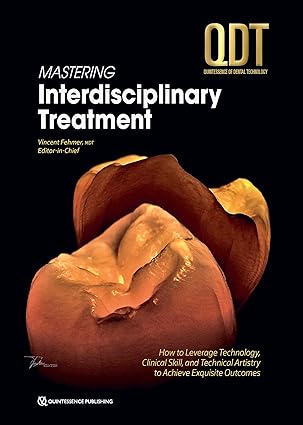دانلود کتاب Bioengineering of the Skin: Water and the Stratum Corneum - Original PDF
Author:
Joachim W. Fluhr, Peter Elsner, Enzo Berardesca, Howard I. Maibach
0 (0)
توضیحات کتاب :
Skin bioengineering is an expanding field of investigative and clinical dermatology. This second edition of the popular Bioengineering of the Skin: Water and Stratum Corneum focuses on a dramatically improved understanding of skin physiology based on a large number of recent publications. It explains the mechanisms involved in stratum Corneum barrier function and stratum Corneum hydration and brings up-to-date all research on epidermal water and transepidermal water loss in health and disease. All chapters are thoroughly revised and new chapters have been added on hydration and itching. This volume includes new guidelines on the standardization of measurements.
سرچ در وردکت | سرچ در گودریدز | سرچ در اب بوکز | سرچ در آمازون | سرچ در گوگل بوک
1,181 بازدید 0 خرید










![Clinical Management of Swallowing Disorders (6th Edition) [2025] - Orginal Pdf Clinical Management of Swallowing Disorders (6th Edition) [2025] - Orginal Pdf](https://dl.libsan.ir/images/1/12/Clinical Management of Swallowing Disorders_68fdc2997972e.webp)